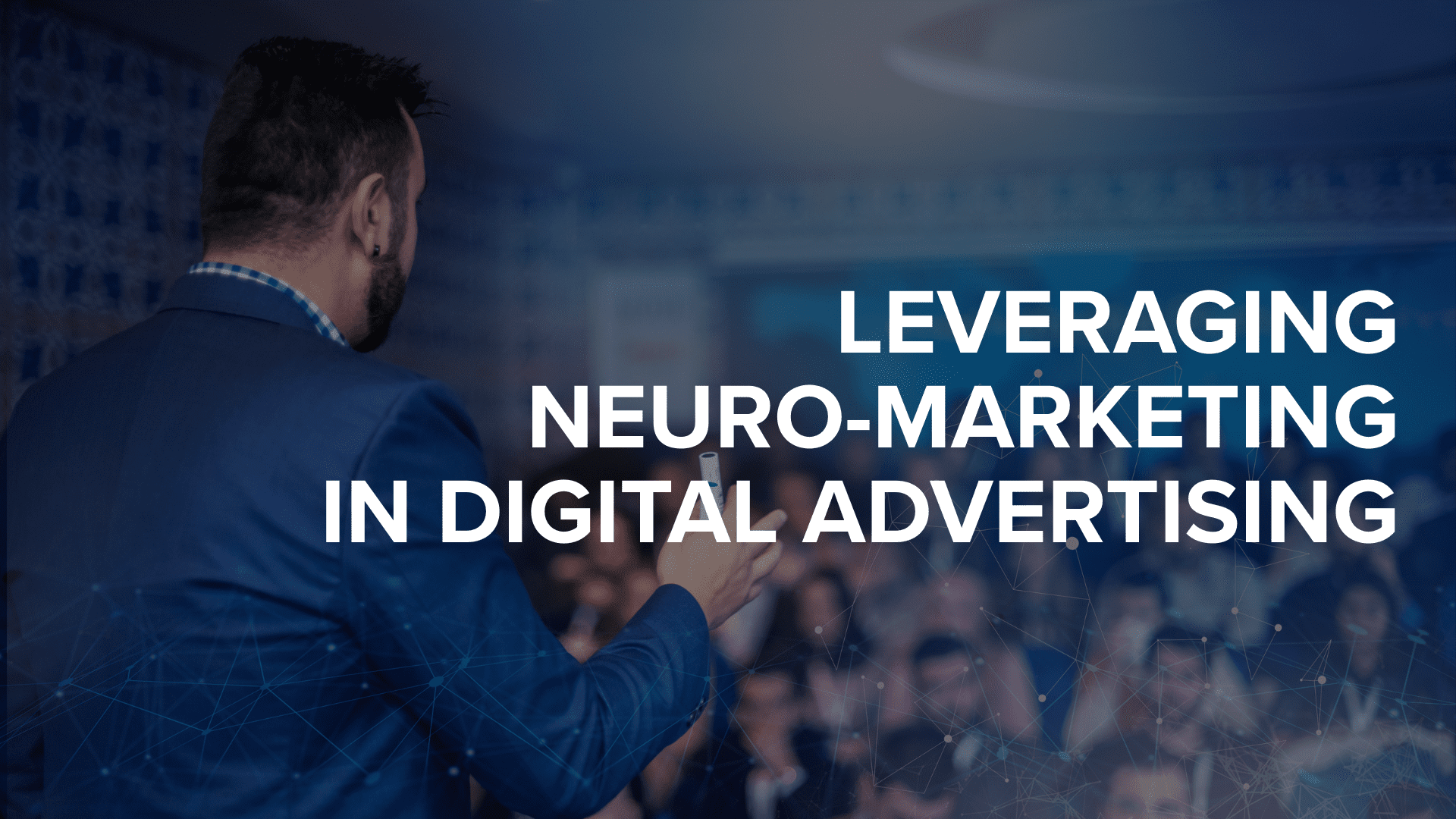Neuro-marketing, the application of neuroscience principles to understand consumer behavior, is an emerging frontier in digital advertising. By analyzing brain responses, eye movements, and emotional triggers, marketers can create hyper-targeted campaigns that resonate on a subconscious level. While neuro-marketing has been discussed in traditional marketing, its integration into digital advertising—through real-time data and AI-driven insights—is a novel approach that remains underexplored. This article explores how to leverage neuro-marketing in digital campaigns, offering practical steps and insights for businesses aiming to captivate audiences in 2025.
What is Neuro-Marketing in Digital Advertising?
Neuro-marketing uses tools like electroencephalography (EEG), eye-tracking, and facial recognition to measure how consumers respond to stimuli. In digital advertising, these insights inform ad design, messaging, and placement to maximize engagement. For example, understanding which colors evoke trust or how micro-expressions correlate with purchase intent allows marketers to craft ads that bypass conscious resistance and appeal directly to emotions.
Unlike traditional digital marketing, which relies on click-through rates (CTR) or impressions, neuro-marketing focuses on subconscious drivers of behavior. With advancements in AI and wearable tech, businesses can now access real-time neuro-data, making this approach highly relevant for digital campaigns.
Why Neuro-Marketing Matters in 2025
- Ad Overload: Consumers are exposed to thousands of ads daily, leading to banner blindness. Neuro-marketing helps ads stand out by targeting emotional triggers.
- Personalization Demand: 91% of consumers prefer personalized recommendations, and neuro-marketing enables precise emotional targeting.
- Technological Advancements: AI tools can analyze neuro-data at scale, making neuro-marketing accessible to small and medium-sized enterprises (SMEs).
Step-by-Step Guide to Implementing Neuro-Marketing in Digital Advertising
1. Understand Neuro-Marketing Principles
Learn the basics of consumer psychology, such as:
- Priming: Subtle cues (e.g., warm colors) that influence decisions.
- Emotional Triggers: Fear, joy, or trust that drive actions.
- Attention Mechanisms: How visuals or motion capture focus.
Action Tip: Partner with Biondo Creative’s market research team to study consumer psychology tailored to your audience.
2. Use Neuro-Marketing Tools
Incorporate tools to gather neuro-data:
- Eye-Tracking Software: Platforms like Tobii track where users look on a webpage or ad.
- EEG Devices: Affordable wearables measure brain activity during ad exposure.
- AI Analytics: Tools like Affectiva analyze facial expressions for emotional responses.
Action Tip: Use Biondo Creative’s digital marketing services to integrate AI-driven neuro-analytics into your campaigns.
3. Design Emotion-Driven Ads
Apply neuro-insights to create compelling ads:
- Visuals: Use colors like blue for trust or red for urgency based on emotional goals.
- Micro-Moments: Include subtle animations to retain attention, as motion triggers subconscious focus.
- Storytelling: Craft narratives that evoke joy or nostalgia, as emotional stories increase retention by 22%.
Action Tip: Collaborate with Biondo Creative’s graphic design team to develop neuro-optimized ad creatives.
4. Test and Optimize
Run A/B tests to compare neuro-informed ads against standard ones:
- Measure engagement metrics like dwell time and emotional response via AI tools.
- Adjust elements like CTA placement or imagery based on neuro-data.
Action Tip: Leverage Biondo Creative’s consulting services for data-driven campaign optimization.
5. Ensure Ethical Practices
Neuro-marketing raises privacy concerns. Be transparent about data collection and comply with regulations like GDPR. Use anonymized data and obtain explicit consent.
Best Practices
- Start Small: Test neuro-marketing on a single campaign to assess ROI.
- Combine with Data: Integrate neuro-insights with traditional metrics like CTR for a holistic view.
- Stay Ethical: Prioritize consumer trust to avoid backlash.
Conclusion
Neuro-marketing in digital advertising offers a groundbreaking way to connect with consumers on a deeper level. By tapping into subconscious drivers, businesses can create ads that cut through the noise and drive action. For expert support in implementing neuro-marketing, contact Biondo Creative to elevate your digital strategy.
External Resources
- Neuromarketing Science & Business Association – Explore neuro-marketing research and tools.
- Affectiva Emotion AI – Learn about AI-driven emotional analytics.
- Harvard Business Review on Neuromarketing – Insights on applying neuroscience to marketing.
